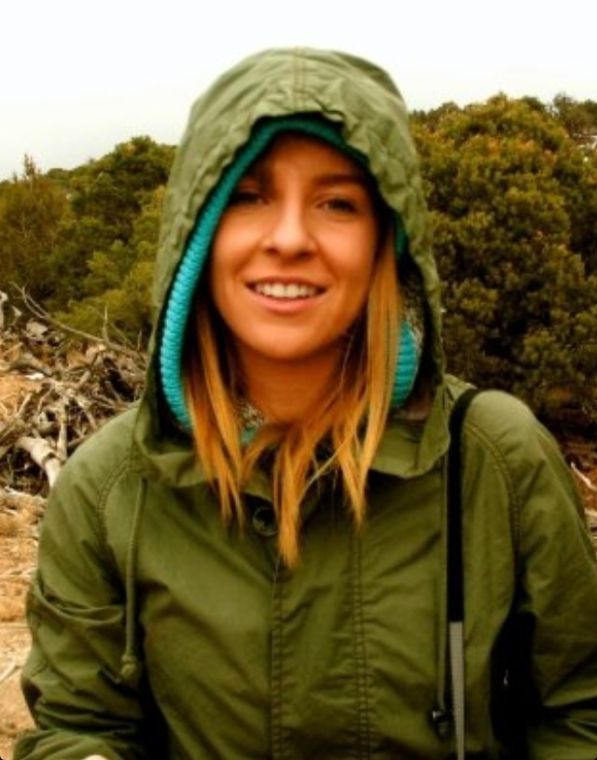I would first like to let Mr. Dunlavey, the writer of “Cows, not goats cause harm on the La Sal Mountain”, know that correlation does not equal causation. Simply because cows are located in a changing environment does not mean that they are the cause of that change. Dunlavey states near the end of the post “I am not a scientist nor do I profess to be one, but it doesn’t take a biology degree to observe what is happening …” and this is something that I do agree with.
No, you do not have to be a scientist, but if you are making claims off of observations you must realize when those observations are tainted with personal bias.
Let me bring up a main question that is missing from his argument. Is there a reason as to why cows are there and are there regulations in place? Absolutely.
The Bureau of Land Managment has stated “well-managed grazing provides numerous environmental benefits … well-managed grazing can be used to manage vegetation. Intensively managed “targeted” grazing can control some invasive plant species or reduce the fuels that contribute to severe wildfires.” (T. Gorey, BLM Public Affairs, 2013)
Not only does cattle grazing rid these lands he enjoys so much of fire and ecological hazards, but according to the 2013 USDA Economic Research study, one market steer could produce enough to provide 1400 people with an 8-ounce portion of beef.
Unlike some of Dunlavey’s recreational activities such as hiking and biking, cattle grazing is highly regulated. If one were to take a look at the U.S. Department of Agriculture Manti-La Sal National Forest Mandate for May of 2013, you would see where the USDA clearly distinguishes how many head can be in which location between which days and what resources if any should be protected in that time.
This mandate is followed by the local cattlemen with accuracy. If we are truly concerned about the preservation of this area, it might be in the BLM’s best interest to apply such restrictions to hikers and bikers.
What about the trampling of wildflowers, cow-pies, contaminated bodies of water, and erosion? Cows step on flowers, it happens. I do find it ironic that Dunlavey enjoys biking and hiking on trails that were carved by cattle; flowers were sacrificed in the process of making those trails. They step on vegetation, yet, once a path is carved it can be used for years on end.
As for the mountain lakes being contaminated with piles of manure, I find that, like many of his claims, to be exaggerated. If you are walking on a cow trail you might find yourself faced with a cow-pie, but that thing you “nearly step in” at Warner Lake helps local vegetation grow. Cow dung also provides food for a wide range of animal and fungus species, which break it down and recycle it back into the food chain and soil (P. Skidmore, Insects of Cow-Dung Community,1991)
I am not sure which water he has been told not to drink but, in the past, there have been springs with, what was believed, high traces of coliform bacteria. After that, the Department of Health released a statement saying that “total coliform content bacteria are commonly found in virtually all natural water sources throughout the environment and come principally from soil and vegetation sources…” (W.M. Howard, The Times-Independent, 2009) This suggested that the contamination was not due to fecal matter.
Lastly, things like erosion are measured by professionals more knowledgeable in the subject than either of us. The fact that the cattle still remain in the area shows that the governing body finds their current method to be most effective. This is inaccurately assuming erosion is caused by cattle, and not by nature, vehicles, mountain bikers, and hikers.
It doesn’t bother me that Dunlavey is opposed to cattle being on the mountains. People think differently, as they should.
What truly bothers me is that he is arguing against cattle while promoting other activities that contribute to all of the things that trouble him. (i.e. erosion, loss of plant life, etc.)
I, too, enjoy hiking around the La Sal Mountains, but I am not so naive as to think that my being there isn’t altering the land.
Protecting the land requires more observant humans, not the absence of cattle. Dunlavey has seen cows in the area of erosion and loss of plant life and has assumed it must all be related, but he has failed to factor in that all of their trails are shared with countless humans.



